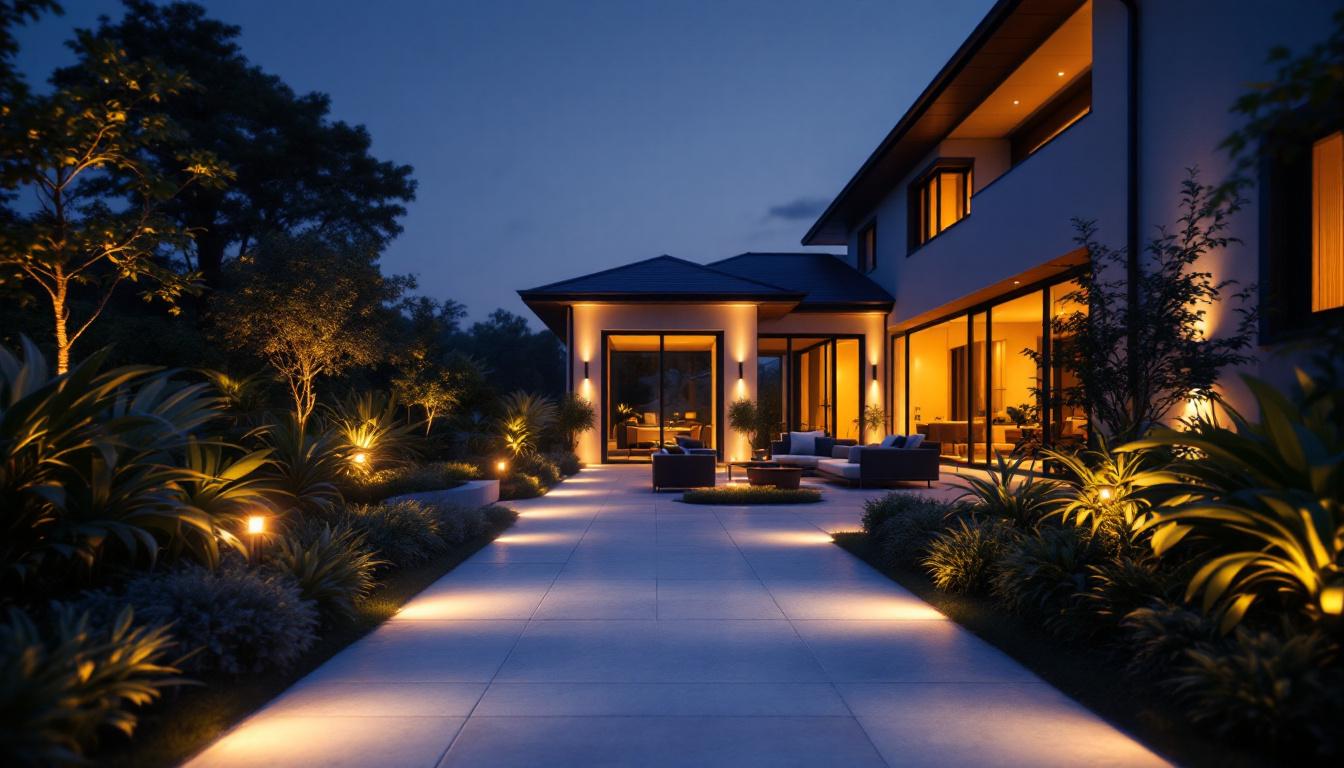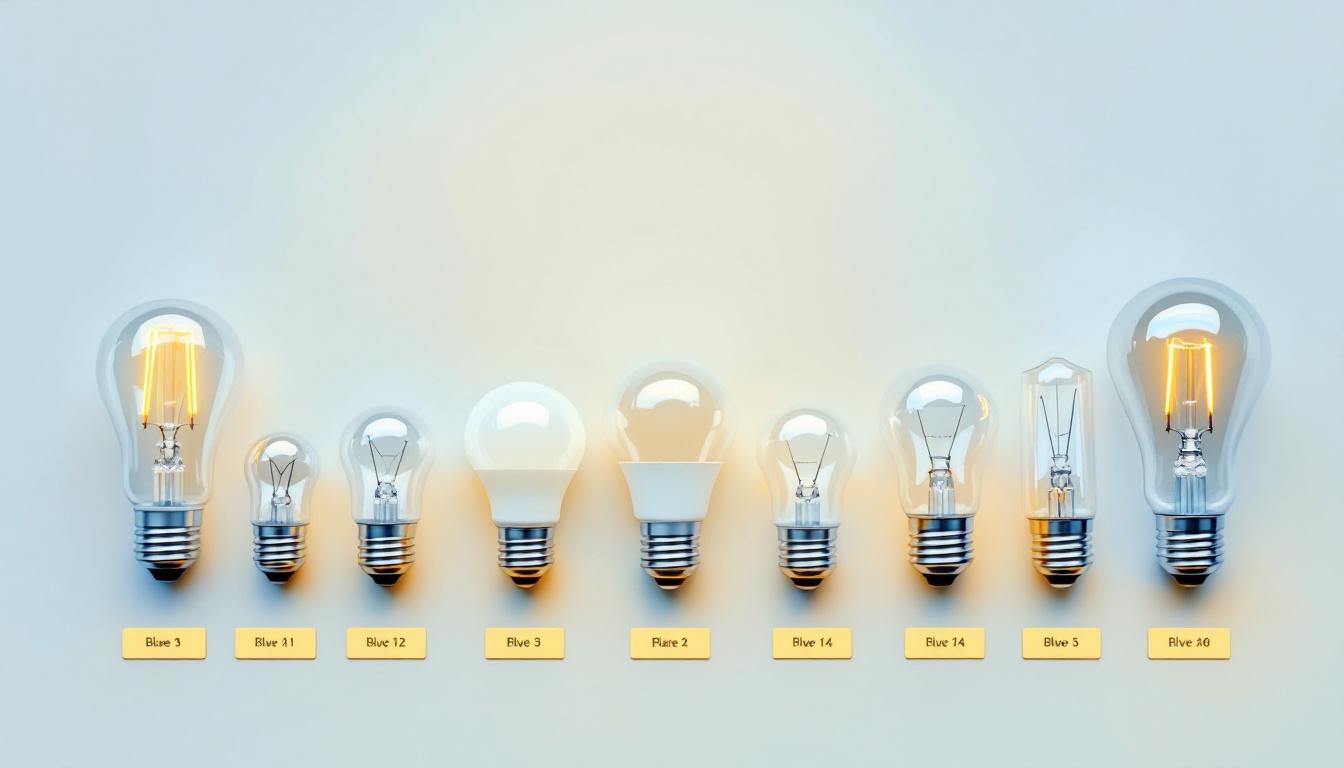
In the world of commercial and industrial lighting, high bay lights have emerged as a popular choice for illuminating large spaces such as warehouses, manufacturing facilities, and retail environments. For lighting contractors, understanding the pros and cons of high bay lights is essential for making informed decisions that meet client needs while ensuring efficiency and effectiveness. This article delves into the advantages and disadvantages of high bay lights, providing valuable insights for lighting professionals.
High bay lights are designed to be mounted at heights greater than 15 feet, making them ideal for spaces with high ceilings. These fixtures are commonly used in environments where bright, focused lighting is necessary to enhance visibility and safety. Typically, high bay lights come in various forms, including LED, fluorescent, and metal halide options, each with its unique characteristics and applications. The choice of lighting can significantly impact energy consumption, maintenance needs, and overall ambiance.
In addition to their functional benefits, high bay lights can also contribute to the aesthetic appeal of a space. For instance, in a modern warehouse or retail environment, sleek LED fixtures can create a contemporary look while providing excellent illumination. Furthermore, advancements in lighting technology have led to the development of smart high bay lights that can be integrated with building management systems, allowing for automated control and energy savings through dimming and occupancy sensors.
High bay lights are versatile and can be utilized in various settings. Common applications include:
Each application requires careful consideration of the type of high bay light used, as well as the layout and design of the lighting system to maximize effectiveness. For instance, in warehouses, the placement of lights can be optimized to reduce shadows and ensure that all areas are well-lit, which is crucial for safety and efficiency during operations. In retail spaces, the color temperature of the lights can be selected to complement the products on display, influencing customer perception and purchasing behavior.
Lighting contractors can choose from several types of high bay lights, each with distinct features:
Moreover, the choice of high bay lights can also be influenced by the specific needs of the facility. For example, in environments where color accuracy is paramount, such as in art studios or photography studios, fluorescent lights may be preferred for their superior color rendering capabilities. On the other hand, LED high bay lights are becoming the go-to option for many businesses due to their ability to produce a wide range of color temperatures and their compatibility with smart lighting systems, which can further enhance energy efficiency and operational flexibility.
High bay lights offer numerous advantages that make them an attractive option for lighting contractors and their clients. Understanding these benefits can help contractors make informed recommendations to their customers.
One of the most significant benefits of high bay lights, particularly LED options, is their energy efficiency. LED high bay lights consume significantly less energy compared to traditional lighting solutions. This reduction in energy consumption translates to lower electricity bills for clients, making it a cost-effective choice in the long run.
Moreover, energy-efficient lighting solutions often qualify for rebates and incentives, further enhancing their financial appeal. Contractors can leverage this information to highlight potential savings to clients, making a compelling case for high bay lights. Additionally, the reduced energy usage contributes to a smaller carbon footprint, aligning with the growing trend of sustainability in business practices. As more companies seek to improve their environmental impact, the adoption of high bay lights can serve as a pivotal step towards greener operations.
High bay lights, especially LEDs, are known for their impressive lifespan. Many LED fixtures can last up to 50,000 hours or more, significantly reducing the frequency of replacements. This longevity not only saves money on replacement costs but also minimizes downtime and maintenance efforts.
For contractors, recommending high bay lights with long lifespans can lead to satisfied clients who appreciate the reduced need for maintenance and the associated labor costs. This aspect can be a strong selling point when discussing lighting options. Furthermore, the durability of high bay lights means they are less susceptible to damage from environmental factors, making them ideal for warehouses and manufacturing facilities where conditions can be harsh. This resilience ensures that clients can rely on consistent performance without the worry of frequent repairs or replacements.
High bay lights provide excellent illumination, which is crucial in large spaces where visibility is paramount. The ability to produce bright, uniform light helps enhance safety and productivity, particularly in industrial settings.
Moreover, advancements in lighting technology have led to improved color rendering capabilities, allowing for better visibility of colors and details. This aspect is particularly beneficial in environments such as retail spaces, where accurate color representation can influence purchasing decisions. Additionally, the ability to adjust the intensity and direction of high bay lights offers flexibility in lighting design, enabling contractors to create customized solutions that meet the specific needs of different spaces. This adaptability not only enhances the aesthetic appeal of a facility but also contributes to a more efficient use of light, ensuring that every corner of a large area is adequately illuminated.
While high bay lights have many advantages, they also come with certain drawbacks that lighting contractors should consider. Being aware of these cons can help contractors provide a balanced perspective to their clients.
One of the primary concerns with high bay lights, particularly LED options, is the initial investment. Although they offer long-term savings through energy efficiency and longevity, the upfront costs can be higher than traditional lighting solutions like fluorescent or metal halide fixtures.
For clients with tight budgets, this initial cost may be a barrier to adopting high bay lights. Contractors should be prepared to discuss financing options or potential savings over time to help clients see the long-term value of their investment.
Installing high bay lights can pose challenges, especially in spaces with high ceilings. The installation process often requires specialized equipment and skilled labor, which can increase overall project costs. Lighting contractors must factor in these considerations when preparing estimates and timelines for clients.
Additionally, retrofitting existing spaces with high bay lights may require modifications to the electrical infrastructure, further complicating the installation process. Contractors should conduct thorough assessments of the installation site to identify potential challenges and address them proactively.
While high bay lights provide excellent illumination, improper placement can lead to uneven lighting distribution. This issue can result in dark spots or overly bright areas, which can compromise safety and visibility.
Lighting contractors must carefully design the layout of high bay lights to ensure optimal light distribution. This may involve using multiple fixtures or adjusting mounting heights to achieve the desired lighting effect. Understanding photometric data and conducting lighting simulations can help contractors make informed decisions in this regard.
Selecting the appropriate high bay lights for a specific application requires careful consideration of various factors. Lighting contractors should take the following aspects into account when making recommendations to clients.
The height of the ceiling and the dimensions of the space play a crucial role in determining the type and number of high bay lights needed. For instance, larger spaces may require more powerful fixtures or a greater number of lights to achieve uniform illumination.
Contractors should assess the specific requirements of the space, including any obstacles such as shelving or equipment that may affect light distribution. This assessment will help ensure that clients receive the right lighting solution for their needs.
Understanding the client’s energy efficiency goals is essential when recommending high bay lights. If a client is focused on reducing energy consumption and costs, LED options may be the best choice. Conversely, if upfront costs are a primary concern, fluorescent or metal halide lights might be more appealing.
Contractors should engage in discussions with clients about their priorities and budget constraints to guide them toward the most suitable lighting solution.
Lighting contractors must be aware of local building codes and regulations that may impact the selection and installation of high bay lights. Compliance with these regulations is crucial to ensure safety and avoid potential legal issues.
Contractors should stay informed about any changes in lighting regulations and standards, as these can affect the types of fixtures that can be used in specific applications. Ensuring compliance not only protects the contractor but also builds trust with clients.
High bay lights offer a range of advantages, including energy efficiency, longevity, and improved lighting quality, making them a popular choice for various applications. However, lighting contractors must also consider the initial costs, installation challenges, and potential light distribution issues associated with these fixtures.
By understanding the pros and cons of high bay lights, contractors can provide valuable insights to clients, helping them make informed decisions that align with their needs and budget. Ultimately, the right choice of high bay lights can enhance safety, productivity, and overall satisfaction in commercial and industrial spaces.
Ready to take the next step in enhancing your lighting projects with high bay lights? At LumenWholesale, we provide lighting contractors with the highest quality, spec-grade lighting products at prices that can’t be beaten. Say goodbye to local distributor markups and hello to a vast selection of reliable, high-performance lighting that meets the most stringent industry standards. With the added benefits of free shipping on bulk orders, you can trust that you’re getting premium lighting solutions at the best value — no hidden fees, no compromises. Elevate your lighting game and ensure your clients’ satisfaction with the efficiency, longevity, and quality of LumenWholesale’s offerings. Wholesale Lighting at the Best Value is just a click away.

Discover how high bay LED lighting can be a game-changer for lighting contractors looking to win more bids.

Discover the ultimate outdoor up lights for your house with our lighting contractors’ checklist.

Discover the ultimate guide for lighting contractors with our comprehensive Light Bulb Base Size Chart.

Discover the ultimate guide for lighting contractors on selecting the perfect LED T8 tube lights.